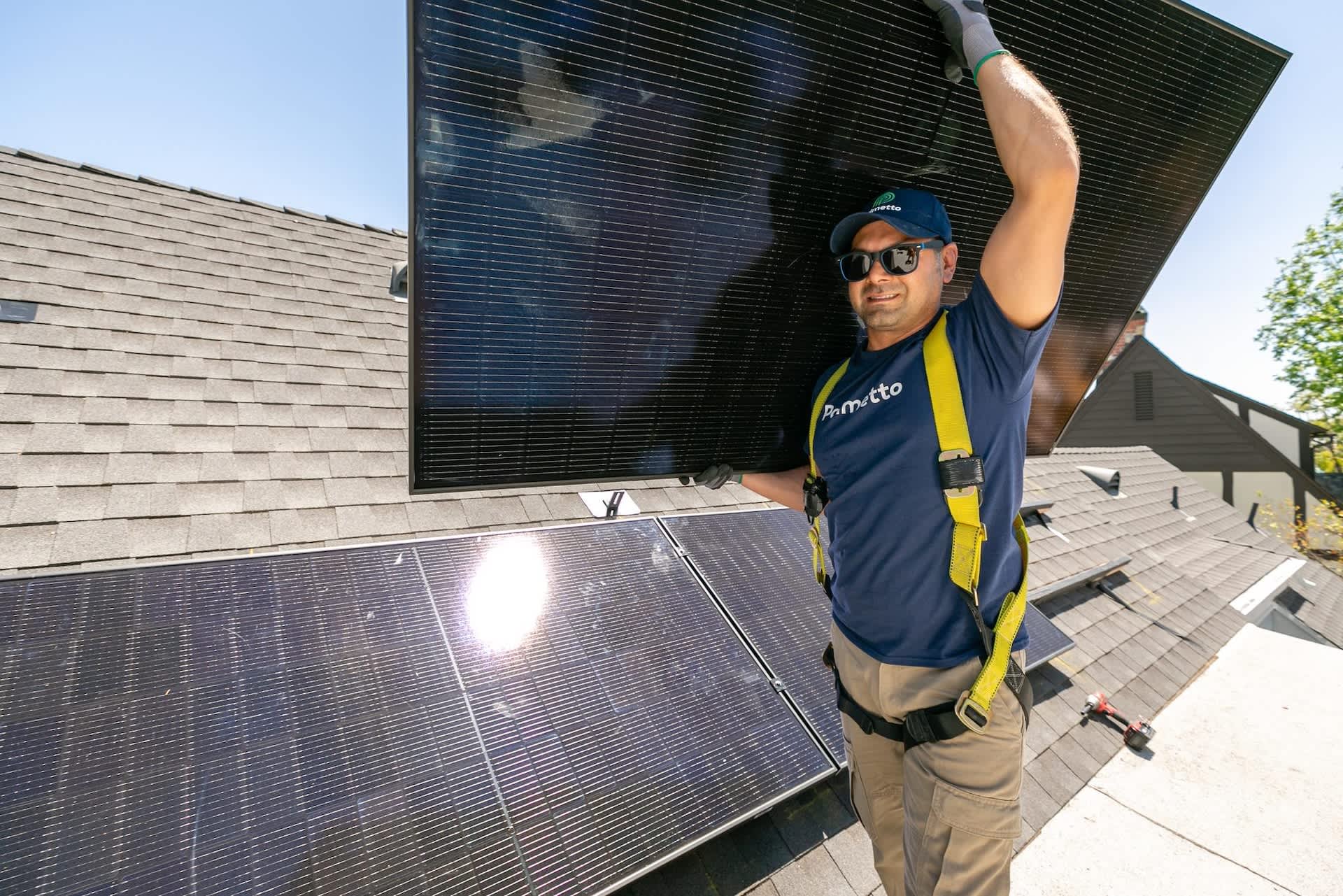Alaska Airlines' groundbreaking partnership could soon have commuters and vacationers island-hopping in a sustainable seaglider, with the mesmerizing speed of a graceful water bug.
What's happening?
In January 2024, a coalition of stakeholders helped launch the Hawaiʻi Seaglider Initiative. The program aims to modernize Hawaiʻi's maritime transportation network and provide reliable, clean-energy solutions to protect and minimize disruption to the islands' sacred and biodiverse ecosystems.
Alaska Airlines — which announced plans in late 2023 to merge with Hawaiian Airlines — is one of those partners collaborating with innovative developer Regent to bring the all-electric, 12-passenger seaglider to market.
Unlike traditional fixed-wing aircraft, the seaglider operates in three modes: float (when leaving the dock), hydrofoil (as it speeds up), and fly (once it hits open water). It's quieter, too, according to Regent, and has a range of over 180 miles. The company estimates that next-generation batteries could increase the length of routes to as much as 500 miles per charge.
With a cruising speed of around 180 miles per hour, the seaglider will be able to quickly and safely transport travelers and goods to their inter-island destinations.
Why is this encouraging?
First: It should make inter-island travel more affordable. Per the Hawaiʻi Seaglider Initiative, these craft often have lower operating costs and require simpler infrastructure (water is a great natural runway, for example), all of which should reduce prices for travelers.
Can't afford solar panels? Here's how to get them without paying for purchase or installation Palmetto's revolutionary LightReach program gives you all the benefits of solar power without the upfront costs. LightReach lets you lease solar panels with no money down, making it easier than ever to lock in energy savings. Palmetto assumes all risk and responsibility for the panels you lease, which means you'll get reliable performance without unforeseen costs. To get started, just answer a few basic questions about your home and learn how much you can save. Learn more → |
Watch now: Could this concentrate replace all the toxic cleaning chemicals in your home?
According to the initiative's press release, a route feasibility study projects that some one-way tickets could be available for as little as $30. That's great for travelers and commuters, and it would also be a boon to vital infrastructure like cargo and food transport, as well as medical facilities.
Second: It's getting us one step closer to sustainable travel. The aviation industry contributes an estimated 2.5% of the world's carbon pollution, and that number is expected to increase as more people around the globe start traveling by air. By contrast, because this seaglider is all-electric, it doesn't release the same harmful pollution when piloted.
"Alaska Airlines is proud to support and learn from the Hawaiʻi Seaglider Initiative, which will provide vital information on the benefits that seagliders could bring to the community," Pasha Saleh, corporate development director at Alaska Airlines, told us via email.
"Alaska has set an ambitious goal of reaching net-zero carbon emissions by 2040. In order to reach that goal, we must look at future technologies — like the work that Regent is doing with seagliders. … We look forward to re-imaging the future of air transportation with them," Saleh said.
TCD Picks » Grove Collaborative

What is Alaska Airlines' overall sustainability plan?
The airline is the fifth-largest carrier in the United States and has been among the airlines making major moves in the sustainability sphere.
Alaska Airlines has already launched a sustainable aviation fuel program, making it easy for individual travelers to take part in pulling the industry's greatest lever to reducing carbon pollution. The program rewards elite-qualifying miles (hello, seat upgrades) to mileage plan members who purchase sustainable aviation fuel credits.
Moreover, on a day-to-day level, the company's 2023 impact report reveals that allowing customers to pre-order meals before flights has reduced its food waste by 61% compared to 2019 — eliminating approximately 460,000 meals' worth of waste that might otherwise be rotting and producing methane in landfills.
Other eco-friendly initiatives include a partnership with the Surfrider Foundation, which conducts programs such as beach cleanups and educating others about the problem of plastic waste.
Bottom line: While the seaglider technology is still being developed and tested — with launch expected mid-decade — it's an important step toward more affordable and sustainable travel options, especially in maritime areas like the Hawaiian islands and beyond.
Join our free newsletter for weekly updates on the coolest innovations improving our lives and saving our planet.
















